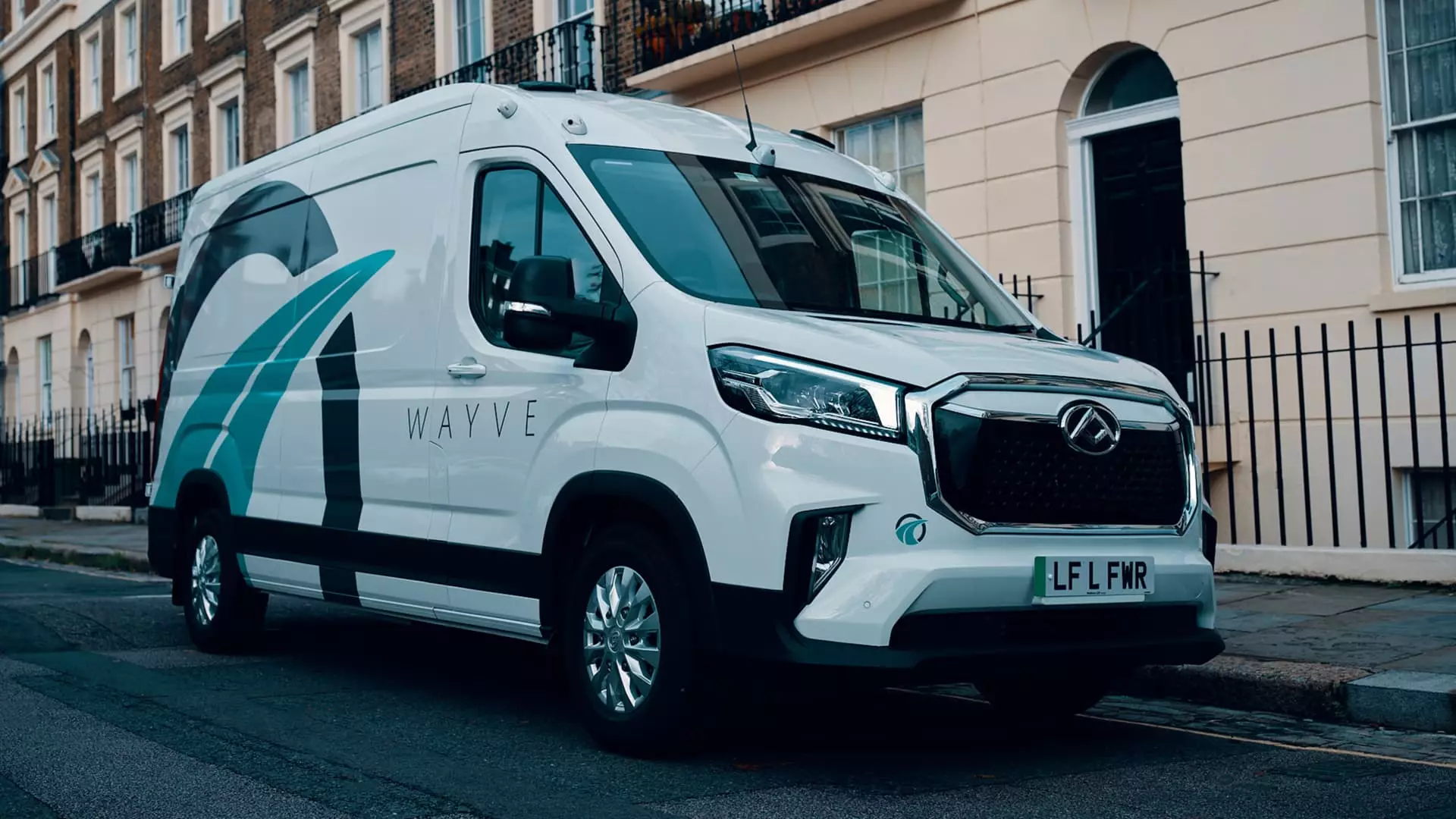The transportation landscape is on the brink of a seismic shift, and Uber’s partnership with Wayve represents a daring foray into fully autonomous rides in the U.K. By launching trials void of safety drivers—a bold move categorized as “Level 4” autonomy—the company is setting the stage for potentially transformative advancements in urban mobility. While the implications for safety, efficiency, and accessibility are tremendous, is this truly a step in the right direction, or are we rushing into uncharted territory without adequate safeguards?
Riding the Wave of Change
Many will recall that autonomous vehicles have long been the subject of both fascination and skepticism. Cities like San Francisco have already witnessed the deployment of driverless taxis, leading many to wonder how quickly the rest of the world can catch up. Uber’s approach seems to suggest a breakneck speed towards integration, yet this ambition demands careful scrutiny. The collaboration with Wayve highlights not just a technological innovation but also a potentially perilous gamble on public acceptance. While visionary, it risks alienating users who are the backbone of Uber’s success. Are we willingly embracing what could be an accident-laden future?
Upholding Safety Standards
Andrew MacDonald, Uber’s COO, suggests this partnership will bring us closer to a safe and reliable autonomous future. But that claim raises a pivotal question: what does “safe” really mean in the realm of autonomous vehicles? The U.K. has implemented a regulatory framework, suggesting governmental support for innovation, but does this framework ensure comprehensive safety measures? The autonomous vehicles’ legislation has been passed, but with a proposed arrival on British roads set for 2026, public confidence remains alarmingly low. If accompanied by accidents, setbacks, or even fatalities, the opportunity for autonomous vehicles could backfire, leading to tighter restrictions rather than progress.
The Economic Implications
Moreover, the economic landscape is also poised for disruption. The self-driving car technology promises to lower operational costs in the long run for Uber and similar companies, theoretically translating to cheaper rides for consumers. However, this new era brings significant fears of job displacement for drivers, who form the human backbone of ride-hailing services today. Can we extol the virtues of automation while ignoring the human cost? The ethical implications extend beyond mere technology; they challenge our societal norms surrounding work and livelihood.
The Role of Government and Public Perception
As Uber and Wayve prepare to work closely with the government and Transport for London on regulatory approvals, one can only hope that public opinion will be integrated into this high-stakes dialogue. The government should prioritize transparency and address public concerns regarding safety and job security. Public sentiment cannot be overlooked; harnessing capital is not sufficient if public resistance grows as a reaction to perceived threatenings of safety or livelihood.
While Uber’s venture into self-driving technology marks an exciting milestone for autonomy and artificial intelligence, it is imperative that we navigate this course with caution. This technological evolution holds the promise of a renewed transportation paradigm, but the road ahead is fraught with stumbling blocks that demand our vigilance and critical engagement.

